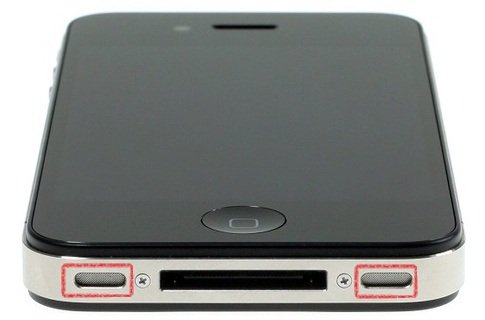Everything You Need To Know When Buying An iPhone – Part 1
We present below a guide for those who want to purchase an iPhone (any model) second hand, mainly from strangers.
How we prepare at home:
- Take a pair of headphones, preferably some already compatible with iPhone;
- Take with you a laptop with the latest version of iTunes installed;
- If you already have an iPhone, take a charger, data cable, or even take a picture to verify the watermark from the product you want to buy.
Firstly, take the phone with all its cables and connect it to the laptop. If iTunes detects it correctly (ie “X’s iPhone”, capacity, IMEI, UDID code, etc.) go ahead. If the phone does not appear in iTunes, then it most likely is a clone or damaged.
Further inspect the screen and check if it has scratches. If it’s not scratched much means that the iPhone has been more or less used. After carefully inspecting the screen, look at the back of the phone and the metal frame. The same work, carefully inspect and search for scratches. It is inevitable to find scratches on the metal frame, but make sure they are not too deep and the frame does not show signs of fall. Do not forget to check the Home button. If from a relatively light touch the screen does not open, means that the phone has been used a lot.
Regarding the Power/Lock button, we do not know if it was used extensively or not. I met many iPhones that have to push harder on the Power button to turn on the screen, but there are others that you can touch relatively easy. Check if the ON/OFF button is out of the case and is not clogged. If this is on the same level or below, the terminal was opened and the ON/OFF may be replaced.
Take a look at the Silent button. Make sure that when you switch the Silent mode to Normal it appears that there was a notification permutation, then check if vibrates on Silent. If we’re on the Silent button, check the volume buttons if it works and, as also the ON/FF one, they should not be clogged. Run a song/ringtone, call yourself and set it louder.
Now go to the bottom of the iPhone, which you plug the USB cable, where two gratings are placed. The right one hides the speaker and the left one hides the microphone. Test whether the music has a suitable volume. Then initiate a call and select Speaker to see if you hear the caller clearly and if you hear it as well.
Moving to the top of the iPhone, where the proximity sensor is located. On the black iPhones this sensor can hardly be seen, unlike on the white one, which is clearly visible there.
After distinguished proximity sensor, initiate a call, cover the sensor with your hand, and this time the screen should be off. If the screen turns off, it means that it is functional, but if not then the proximity sensor of the phone is defective.
You can find the part 2 of this guide here and part 3 here.






 Buying Second Hand iPhone
Buying Second Hand iPhone 